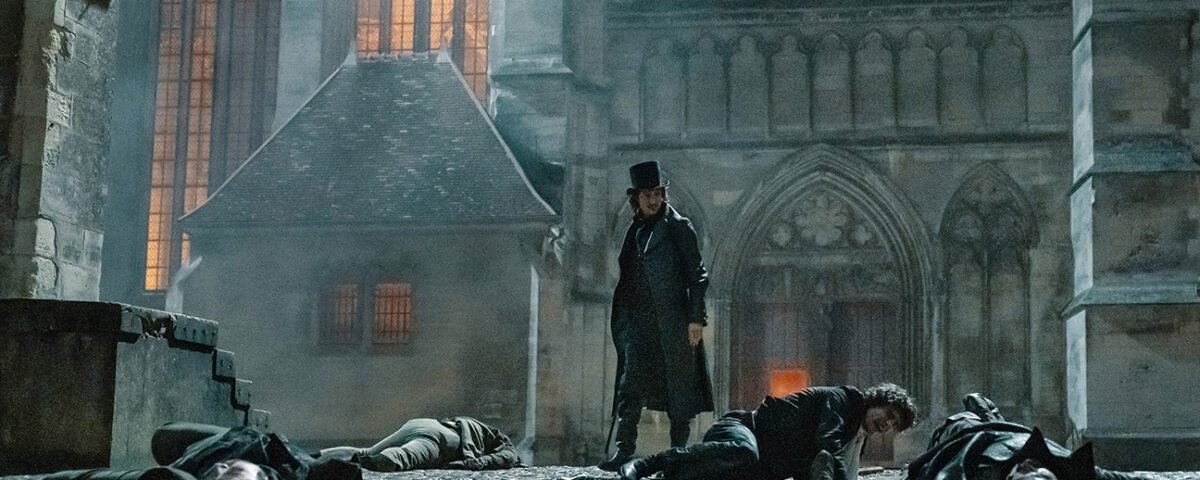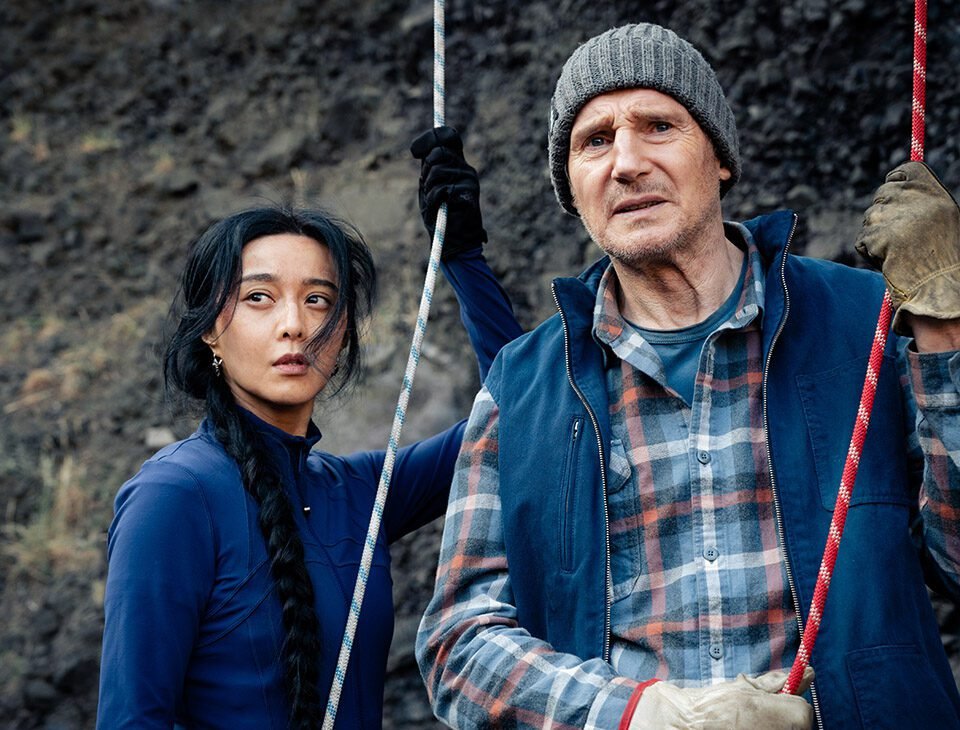


‘Night Has Come’ Review: A Visceral Documentary About Elite Peruvian Military Recruits
July 9, 2024


‘Fly Me to the Moon’ Review: Scarlett Johansson and Channing Tatum Can’t Land Greg Berlanti’s Unwieldy Space-Race Rom-Com
July 11, 2024Pierre Niney (‘Yves Saint Laurent’) plays the hero of Alexandre Dumas’ epic novel in a new French-language version from Matthieu Delaporte and Alexandre de la Patellière.
The Count of Monte Cristo
Sumptuous but only serviceable.
While Hollywood has been exploiting comic books and YA novels as intellectual property for a long time, French cinema has only recently begun to feed its wealth of 19th century novels into the content machine, churning big-budget epics out of classic books in the public domain.
Both films were written by the duo of Matthieu Delaporte and Alexandre de la Patellière, who previously helmed a series of hit comedies (Daddy or Mommy, Divorce French Style, What’s in a Name?) with a fast-paced Hollywood edge to them. They bring the same approach to The Count of Monte Cristo, another certified Dumas classic whose sprawling 1,500 pages the directors manage to condense into a watchable, if rather unremarkable, three-hour epic filled with plenty of whiplash intrigue.
In that sense, Monte Cristo, the movie, may have actually played better as a TV series, so much does it rush from one big sequence or set-piece to another in highly streamlined and efficient fashion. But what was so memorable about Dumas’ novel was the way it seemed to stretch out time, especially the grueling 14-year period that its maligned hero, sailor Edmond Dantès (Pierre Niney), spends imprisoned on a tiny island off of Marseilles.
That happens at the top of the story, after Dantès is falsely accused of aiding Napoleon — who’s been exiled from France to the island of Elba — by a trio of enemies willing to do anything to get rid of him, each for extremely selfish reasons: His (soon to be former) best friend Fernand (Bastien Bouillon) is secretly in love with Edmond’s luminous fiancée, Mercédès (Anaïs Demoustier). His shipmate, Danglars (Patrick Mille), is furious because Dantès’ heroic act at the start of the film, when he saved a girl (Adèle Simphal) from a shipwreck, results in Edmond’s promotion to captain and Danglars’ dismissal. Then there’s the corrupt local magistrate, Villefort (Laurent Lafitte), who orchestrates the whole scheme in order to cover up the fact that he has a mistress.
It’s a lot to take in at first, but Delaporte and de la Patellière are specialists at dishing out plot points both smoothly and expeditiously. The Count of Monte Cristo is the kind of movie where, after 180 minutes and many, many more plot points, you walk out of the theater without having felt the time pass. That’s a good thing if you’re looking for a fairly entertaining, swords-and-puffy-shirts revenge tale — and Dumas’ novel is probably the mother of all revenge tales. But if you’re looking for something with more depth and staying power, this polished adaption (budgeted at $47 million, which is huge for a French film) offers lots of conniving and scheming without anything more meaningful.
With his boyish features and nerdy demeanor, Niney (Yves Saint Laurent) was not perhaps an obvious choice to play Dumas’ brooding, vengeful protagonist, but he’s a solid enough actor to make Dantès convincing. The fact that he’s covered in makeup for half the movie, disguising himself to trick his many victims, also helps the transformation, although it requires a certain suspension of disbelief to imagine that devious, evil men like Fernand, Danglars or Villefort don’t immediately see through it.
You can sense the filmmakers trying to deal with these and other more dubious elements of Dumas’ page-turner, and they do their best to tie together several characters who were unrelated in the original text. This happens during the movie’s dense and chatty second half, when the action shifts to Paris as Edmond, now the high-rolling Count of Monte Cristo, begins to painstakingly take out his enemies, enlisting the orphan Haydée (Anamaria Vartolomei) and the illegitimate child Andrea (Julien de Saint Jean) to help.
There’s a lot going on at this point, including the fact that Edmond begins to get corrupted by his own unquenchable thirst for vengeance, yet one would be hard-pressed to come up with a single scene that really stands out. The same cannot be said for the film’s dazzling array of sets and locations, which shift from gorgeous Mediterranean vistas to several jaw-dropping villas and mansions that production designer Stéphane Taillasson (Eiffel) decks out in different 19th century styles.





